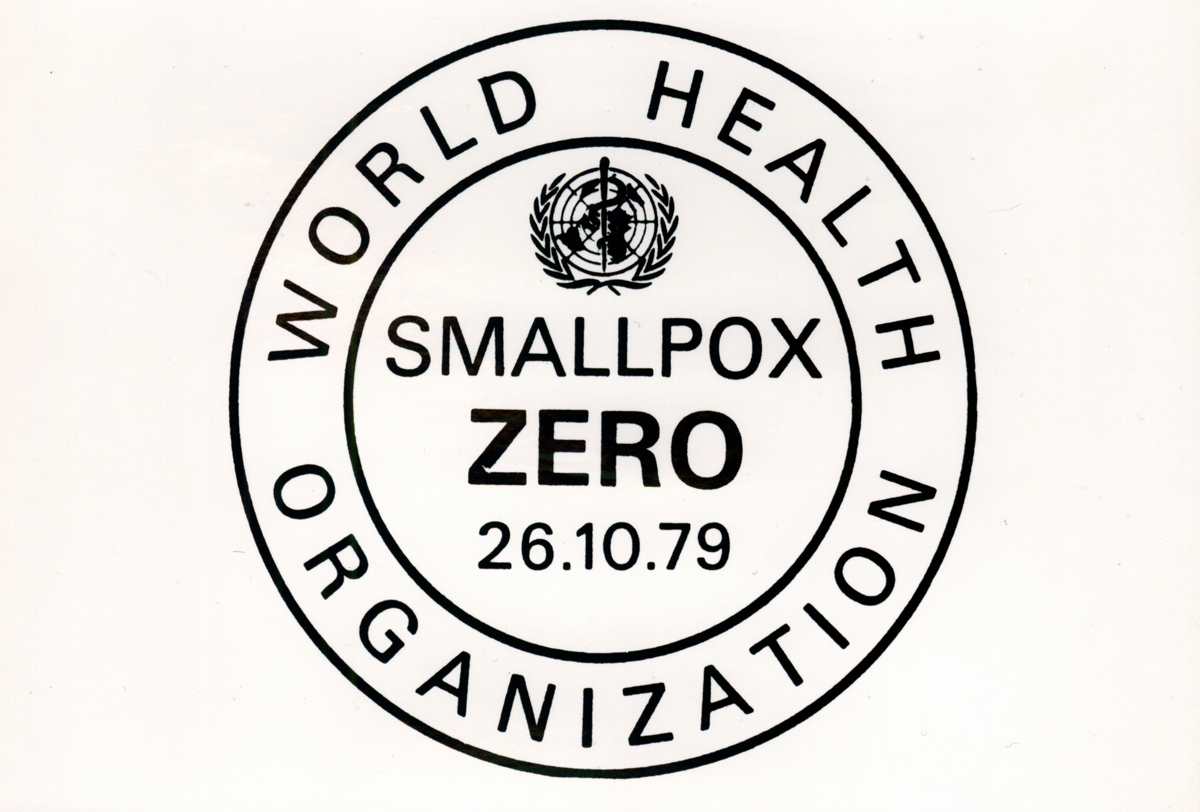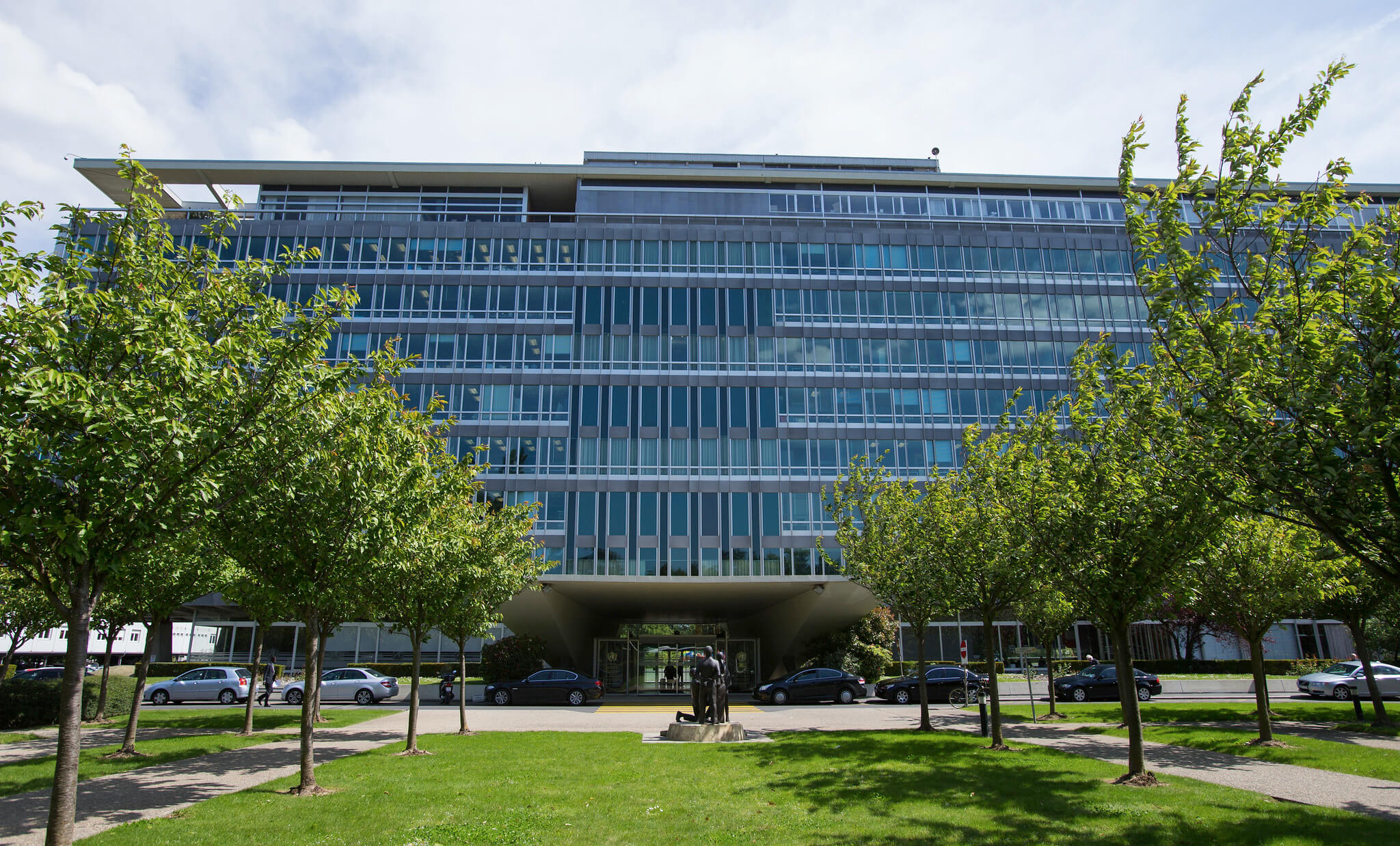The World Health Organization (WHO) officially came into force on April 7, 1948, a day which became known as World Health Day in commemoration of the event. The organization’s mandate is to provide technical assistance to member nations, create international standards on health and medicine, coordinate responses to disease outbreaks, and generally promote better health for everyone. The WHO also plays an important role as the host for international and regional meetings and conferences on health-related issues.
The WHO has its origins in older international organizations that coordinated health-related issues such as the Health Organization of the League of Nations (1920), the International Office of Public Hygiene (1907), the Pan-American Sanitary Bureau (1902), and the International Sanitary Conferences (starting in 1851).
Initially, the plan was to create an international health organization as part of the establishing of the United Nations in 1945, but it took negotiators from China, Norway, and Brazil two years to get all 51 members of the UN (as well as 10 future members) to agree to the creation of the WHO, its constitution coming into force on April 7, 1948.
In the 1950s, the WHO began to pivot towards health advocacy, with a strong focus on promoting the uptake of vaccines, starting with the BCG vaccine that was hoped would eliminate tuberculosis. Unfortunately, this led to a large number of setbacks, such as disastrous malaria “eradication” program that began in 1955 that later had to be abandoned.
The WHO did experience one area of global success beginning in the late 1950s with a program to eradicate smallpox using a new “surveillance” method pioneered by the organization, which allowed medical specialists to quickly arrive at the end of a disease outbreak and contain it with targeted treatment campaigns. In 1979, the WHO declared that smallpox had been eradicated, the first and only disease to ever be eliminated entirely by human effort.

By the late 1970s, the WHO had begun to transition to a more hands-on advisory role, creating the first list of “essential medicines” that all countries should have in stock in 1978. The WHO also began coordinating and directing research into diseases such as diabetes, measles, and tuberculosis during this period.
In the 1980s, with the rise of HIV/AIDS cases around the world, the WHO pioneered a number of efforts which eventually led to the creation of the Joint United Nations Program on HIV/AIDS, now known as UNAIDS. However, in the 1990s and early 2000s, failed efforts by the WHO to contain influenza outbreaks and communicable respiratory diseases such as Ebola, SARS, and MERS led to a loss of prestige and influence.
As a result of this loss of trust, the majority of UN member nations began reducing their voluntary contributions to the WHO’s budget, replaced by private-sector funds from organizations such as the Bill and Melinda Gates Foundation and the GAVI Alliance as well as increased contributions from just a handful of countries, primarily Germany, Britain, and the United States (although the US temporarily ceased all voluntary funding between 2020 and January 2021).
Since 2020, the WHO has been at the forefront of the global effort to collect statistics and implement healthcare policies relating to the COVID-19 pandemic. Currently, the WHO is working on getting all UN members to sign the International Treaty on Pandemic Prevention, Preparedness, and Response which will give the WHO increased authority to directly intervene in healthcare management in the event that another pandemic is declared.
What Is the WHO?
The World Health Organization (WHO) is classified as a specialized agency of the United Nations. Its overall mandate is to “act as the directing and coordinating authority on international health work” within the member states and territories of the UN.
The WHO’s mandate is to provide technical assistance to member nations, create international standards on health and medicine, coordinate responses to disease outbreaks, and generally promote better health for everyone. The WHO also plays an important role as the host for international and regional meetings and conferences on health-related issues.

The WHO is headquartered in Geneva, Switzerland, and is organized into six regional offices and 141 country offices. Approximately 8,000 people are directly employed by the WHO.
What Does the WHO Do?
The World Health Organization’s role in promoting and protecting global health is mostly advisory and informational. The organization also participates in hands-on activities such as transporting medicine or employing doctors and other health care professionals.
Who Controls the WHO?
Officially, the World Health Organization (WHO) is controlled by the member states of the United Nations, which appoint an Executive Board consisting of 34 individuals to serve three-year terms to administer the operations of the WHO, led by a Director-General.
Throughout the WHO’s history, the Director-General was a medical doctor directly supported by member states which nominated their own candidates for the position. Tedros Adhanom Ghebreyesus, an Ethiopian citizen, is currently the Director General of WHO, elected in 2017.
Currently, only about 13% of the WHO’s budget comes from the “assessed” (mandatory) dues from UN member nations. The rest of the budget comes from voluntary contributions, leaving some countries to complain that some nations and private-sector organizations have an outsized influence over WHO policy due to this lopsided imbalance in funding sources.

What Does WHO Stand For?
The acronym WHO stands for World Health Organization, also known as the Organisation mondiale de la santé (OMS) in French.
The UN delegates who played an instrumental role in the creation of the WHO chose the word “world” for its title rather than “international” to emphasize the global nature of its reach.
What Are the WHO’s Goals?
The overarching mandate of the WHO is to promote the “highest possible level of health” by all people around the world.
To support this mission, the WHO performs a number of functions, including:
- Codifying and implementing international regulations on healthcare
- Coordinating and organizing research into combating diseases
- Funding and promoting the development of drugs
- Collecting and analyzing data related to diseases and healthcare
- Promoting the use of vaccines
- Operating campaigns on how to use antibiotics and insecticides
- Strengthening and expanding public health administrations in the government
- Training and educating doctors, nurses and other healthcare providers
Learn more about the most important development organizations by reading DevelopmentAid’s ‘A Brief History of’ series of articles.

